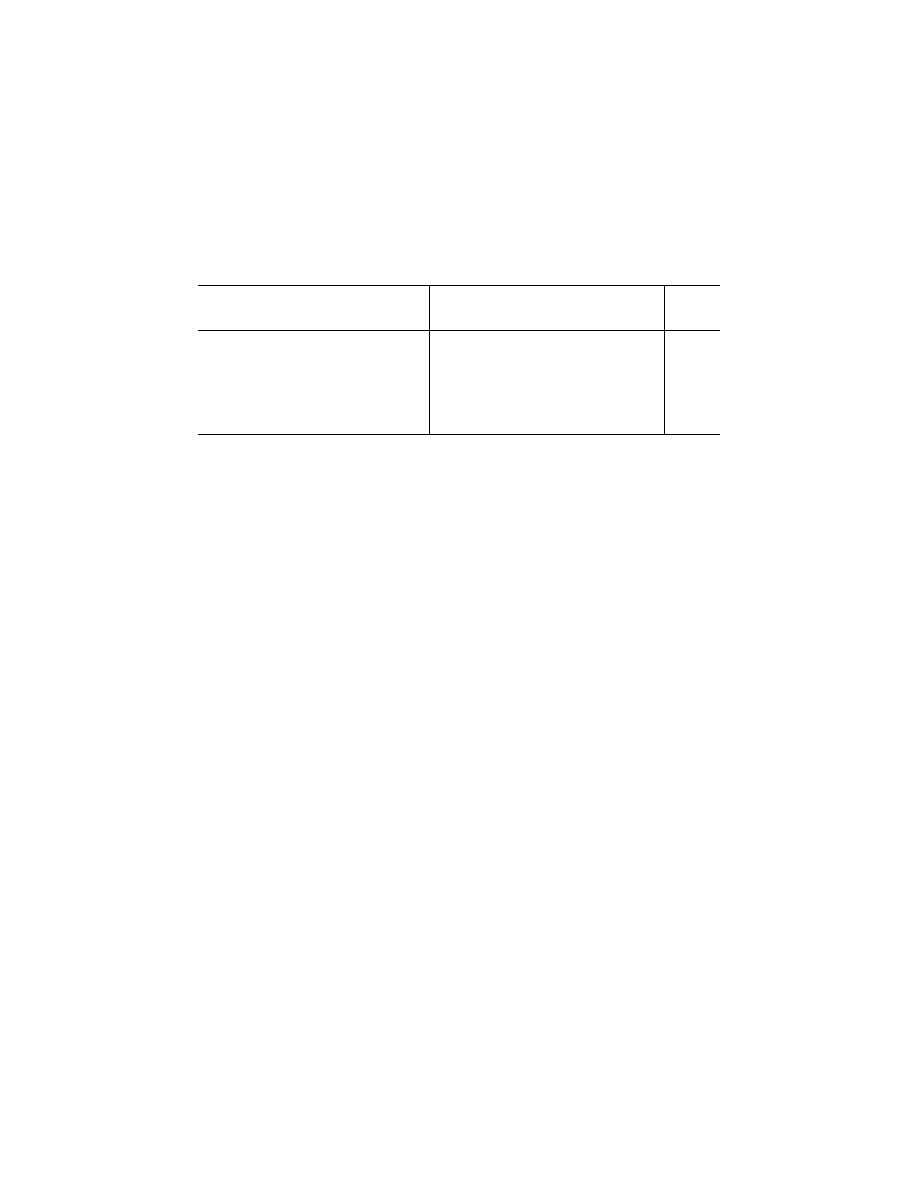
417
Pipeline and Haz. Matls. Safety Admin., DOT
§ 172.400
with the marking requirements of
§ 172.301(a)(1) of this subchapter.
[Amdt. 172–101, 45 FR 74667, Nov. 10, 1980, as
amended by Amdt. 172–74, 47 FR 40365, Sept.
30, 1982; Amdt. 172–109, 52 FR 13038, Apr. 20,
1987; Amdt. 172–110, 52 FR 29528, Aug. 10, 1987;
Amdt. 172–123, 55 FR 52593, Dec. 21, 1990; 56
FR 66255, Dec. 20, 1991; 65 FR 50459, Aug. 18,
2000; 73 FR 4716, Jan. 28, 2008; 76 FR 43527,
July 20, 2011; 78 FR 14714, Mar. 7, 2013; 78 FR
65478, Oct. 31, 2013]
§ 172.338
Replacement of identification
numbers.
If more than one of the identification
number markings on placards, orange
panels, or white square-on-point dis-
play configurations that are required
to be displayed are lost, damaged or de-
stroyed during transportation, the car-
rier shall replace all the missing or
damaged identification numbers as
soon as practicable. However, in such a
case, the numbers may be entered by
hand on the appropriate placard, or-
ange panel or white square-on-point
display configuration providing the
correct identification numbers are en-
tered legibly using an indelible mark-
ing material. When entered by hand,
the identification numbers must be lo-
cated in the white display area speci-
fied in § 172.332. This section does not
preclude required compliance with the
placarding requirements of subpart F
of this subchapter.
[Amdt. 172–110, 52 FR 29528, Aug. 10, 1987]
Subpart E—Labeling
§ 172.400
General labeling require-
ments.
(a) Except as specified in § 172.400a,
each person who offers for transpor-
tation or transports a hazardous mate-
rial in any of the following packages or
containment devices, shall label the
package or containment device with la-
bels specified for the material in the
§ 172.101 table and in this subpart:
(1) A non-bulk package;
(2) A bulk packaging, other than a
cargo tank, portable tank, or tank car,
with a volumetric capacity of less than
18 m
3
(640 cubic feet), unless placarded
in accordance with subpart F of this
part;
(3) A portable tank of less than 3785 L
(1000 gallons) capacity, unless plac-
arded in accordance with subpart F of
this part;
(4) A DOT Specification 106 or 110
multi-unit tank car tank, unless plac-
arded in accordance with subpart F of
this part; and
(5) An overpack, freight container or
unit load device, of less than 18 m
3
(640
cubic feet), which contains a package
for which labels are required, unless
placarded or marked in accordance
with § 172.512 of this part.
(b) Labeling is required for a haz-
ardous material which meets one or
more hazard class definitions, in ac-
cordance with column 6 of the § 172.101
table and the following table:
T
ABLE
1
TO
P
ARAGRAPH
(b)
Hazard class or division
Label name
Label de-
sign
or section
reference
1.1 ....................................................................................
EXPLOSIVES 1.1 ............................................................
172.411
1.2 ....................................................................................
EXPLOSIVES 1.2 ............................................................
172.411
1.3 ....................................................................................
EXPLOSIVES 1.3 ............................................................
172.411
1.4 ....................................................................................
EXPLOSIVES 1.4 ............................................................
172.411
1.5 ....................................................................................
EXPLOSIVES 1.5 ............................................................
172.411
1.6 ....................................................................................
EXPLOSIVES 1.6 ............................................................
172.411
2.1 ....................................................................................
FLAMMABLE GAS ..........................................................
172.417
2.2 ....................................................................................
NON–FLAMMABLE GAS ................................................
172.415
2.3 ....................................................................................
POISON GAS ..................................................................
172.416
3 Flammable Liquid (Combustible liquid) ........................
FLAMMABLE LIQUID (none) ..........................................
172.419
4.1 ....................................................................................
FLAMMABLE SOLID .......................................................
172.420
4.2 ....................................................................................
SPONTANEOUSLY COMBUSTIBLE ..............................
172.422
4.3 ....................................................................................
DANGEROUS WHEN WET ............................................
172.423
5.1 ....................................................................................
OXIDIZER ........................................................................
172.426
5.2 ....................................................................................
ORGANIC PEROXIDE ....................................................
172.427
6.1 (material poisonous by inhalation (see § 171.8 of
this subchapter)).
POISON INHALATION HAZARD ....................................
172.429
6.1 (other than a material poisonous by inhalation) .......
POISON ...........................................................................
172.430
6.1 (inhalation hazard, Zone A or B) ..............................
POISON INHALATION HAZARD ....................................
172.429
